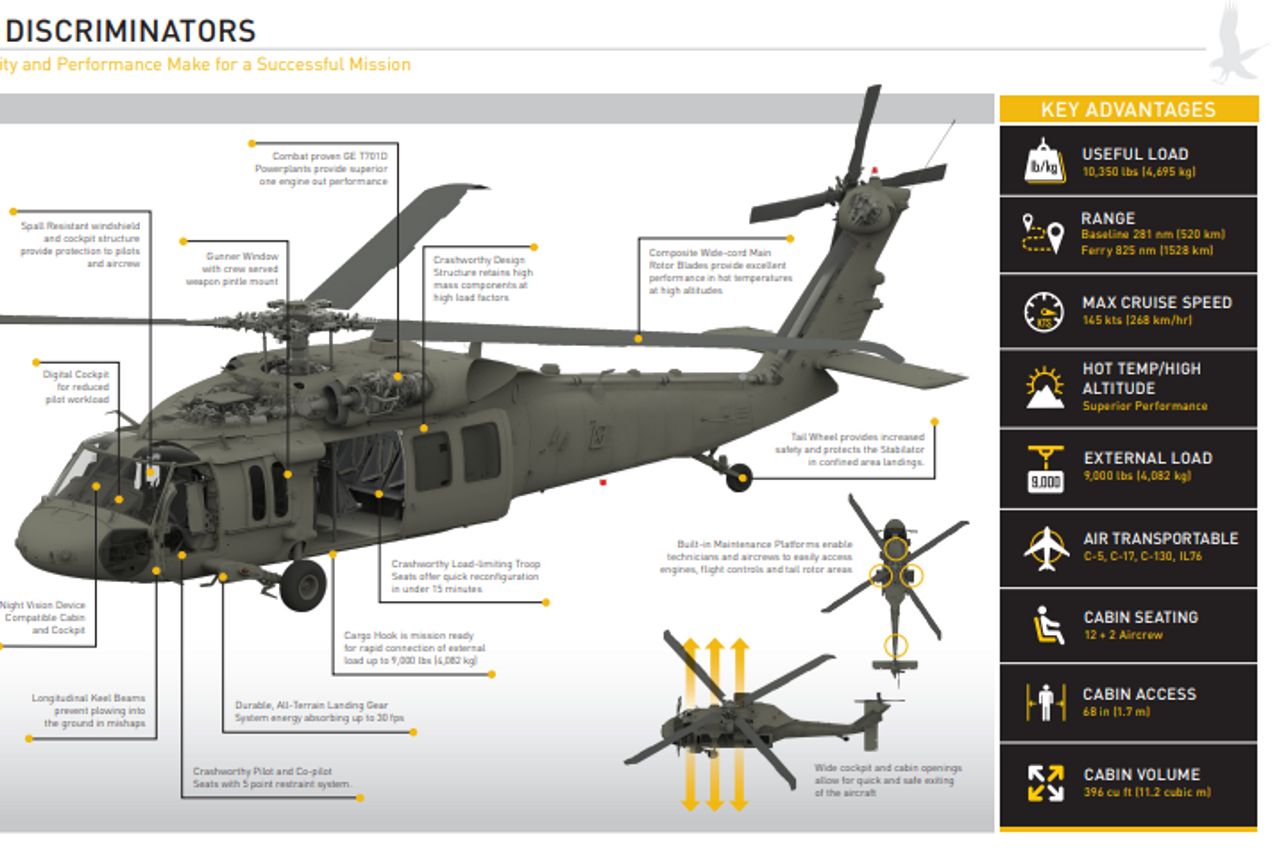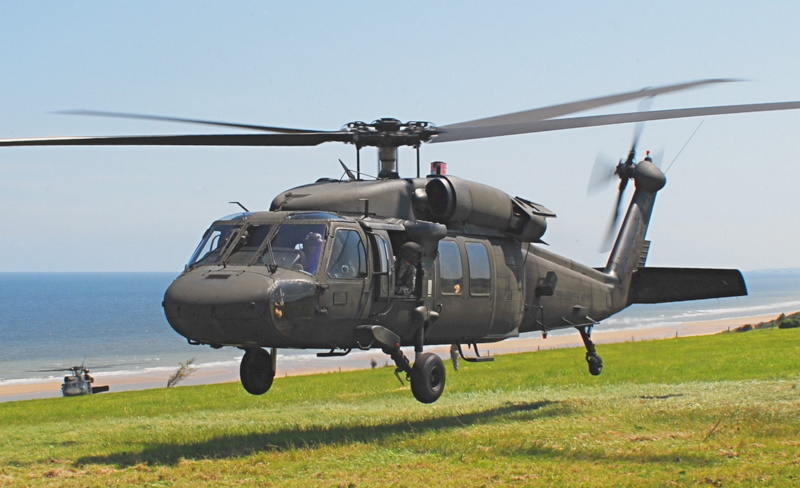Sikorsky S 70: Revolutionizing Tactical Operations with Cutting-Edge Technology
Sikorsky S 70: Revolutionizing Tactical Operations with Cutting-Edge Technology
Blog Article
Modernized Vertical Lift Platform With Advanced Compound Frameworks and Boosted Precaution
In the realm of vertical lift platforms, a considerable change in the direction of innovation has actually been observed, driven by the assimilation of innovative composite frameworks and enhanced precaution. These enhancements represent an essential advancement in the layout and functionality of lift systems, assuring raised efficiency and reliability across various industries (sikorsky s 70). As sectors make every effort for higher operational precision and safety standards, the application of composite products and progressed security functions has become paramount. In exploring the merging of modern technology and safety and security in contemporary lift platforms, a compelling story arises, showcasing the potential for transformative developments that satisfy the ever-evolving demands of commercial industries.
Evolution of Upright Lift Platforms

The evolution of vertical lift platforms can be mapped back to standard wheel systems and early elevator designs. In time, developments such as hydraulic systems, electrical motors, and progressed control devices have actually vastly improved the efficiency and safety of these platforms. Producers have likewise concentrated on boosting the security, reach, and load-bearing abilities of upright lift systems to fulfill the varied demands of various markets.
In addition, the assimilation of clever modern technologies like sensing units, IoT connectivity, and automation functions has further transformed the capabilities of modern-day upright lift platforms. These technological enhancements not just boost functional efficiency but also ensure enhanced safety and security requirements for workers utilizing these systems at different heights. The continuous advancement of upright lift platforms underscores their indispensable duty in improving vertical flexibility throughout markets.
Integration of Advanced Compound Frameworks

In addition, making use of advanced composite materials permits even more facility and maximized structural designs, allowing engineers to tailor the system's buildings to meet particular performance demands. This personalization can cause boosted the rules of aerodynamics, lowered resonances, and enhanced overall safety during procedure. The integration of advanced composite frameworks additionally adds to a decrease in upkeep expenses and downtime, as these products display exceptional resistance to environmental aspects and have a longer service life compared to conventional materials. Overall, the incorporation of innovative composite frameworks in modern-day vertical lift platforms represents a substantial innovation in aerospace modern technology, causing a lot more effective, dependable, and safer airborne transport systems.
Improved Safety And Security Procedures Implementation
Applying improved precaution is vital in ensuring the ideal efficiency and dependability of modern-day vertical lift systems. These measures incorporate a series of techniques focused on mitigating risks and improving total safety requirements. One vital element of boosted precaution is the assimilation of advanced sensor modern technologies to monitor different criteria in real-time. By utilizing sensors for functions such as architectural wellness tracking, load monitoring, and ecological picking up, possible risks can be determined early, permitting aggressive upkeep and corrective actions.

Industry Applications and Benefits
With advancements in innovation and design, updated upright lift platforms have actually found diverse applications throughout various markets, offering considerable advantages in efficiency and efficiency. In the production industry, these systems simplify the process of delivering heavy materials and devices within centers, reducing hands-on handling and boosting operational efficiency. The building sector take advantage of vertical lift platforms by making it possible for employees to access elevated locations see securely and successfully, enhancing general job timelines. Warehousing and logistics firms make use of these systems to enhance storage space utilization and help with quicker picking and packaging procedures.
Moreover, upright lift systems play an essential function in the upkeep and fixing of framework such as bridges, power lines, and structures, allowing technicians to reach inaccessible locations with simplicity (sikorsky s 70). The aeronautics sector likewise leverages these systems for aircraft upkeep and assembly tasks, enhancing operations performance and guaranteeing employee security at heights. Overall, the widespread fostering of up-to-date vertical lift systems throughout markets highlights their convenience and the considerable improvements they bring to various operations
Future Trends in Lift Platform Modern Technology
Integrating sophisticated automation and intelligent functions, lift platform technology is poised to revolutionize upright transport systems in the close to future. One crucial pattern is the combination of Internet of Things (IoT) technology, allowing lift systems to interact real-time data for predictive maintenance, maximizing efficiency, and improving security. As lift platform modern technology proceeds to progress, these patterns are set to form the future of upright transportation, making it more efficient, secure, and easy to use.
Final Thought
In final thought, the up-to-date upright lift platform showcases the development of innovation in the sector. By integrating innovative composite structures and enhanced precaution, this system offers raised efficiency and safety and security for different applications. The sector can benefit substantially from these developments, and future fads in lift platform modern technology are likely to continue boosting upon these developments helpful site for also greater success and efficiency.
In the world of upright lift systems, a significant change in the direction of modernization has actually been observed, driven by the assimilation of sophisticated composite frameworks and enhanced safety procedures. The continual advancement of vertical lift platforms highlights their indispensable function in boosting upright mobility across sectors.

The unification of advanced composite structures in contemporary upright lift systems has actually considerably improved their architectural honesty and efficiency capabilities. By integrating these sophisticated compounds right into the Continue layout and building and construction of vertical lift platforms, manufacturers can decrease general weight, boost load-carrying capability, and boost the system's durability and longevity.
Executing enhanced safety steps is imperative in ensuring the optimal efficiency and integrity of modern-day upright lift systems.
Report this page